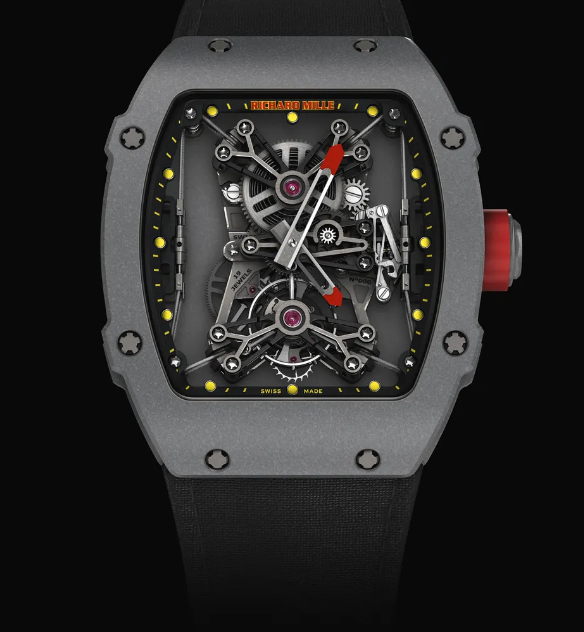Our modern system of using a base 60 time system, meaning a clock with 60 minute 60 second increments, dates back to 2,000 BC.
Candles were also used to measure time or, among the Chinese, scented sticks, which were made in such a way that they burned for an exact time interval. When these burned completely, people knew that a certain number of hours had passed.
Another primitive but effective method for measuring time was also used in monasteries, where monks read the Bible. After a predetermined and timed number of pages, they knew they had to go ring the bell or call the other monks to prayer as well. They were called “clock monks”.
Another tool for measuring time is the hourglass, a glass vessel consisting of two compartments. The top compartment is filled with water, sand or mercury and drips into the bottom compartment for a certain amount of time. Hourglasses have been used since the 14th century, but we still meet them today in various contexts.
The English word “clock” replaced the Old English word daegmael meaning “day measure”. The word “clock” comes from the French word cloche meaning bell, which entered common parlance around the 14th century, when clocks began to be used more widely.
Mechanical clocks and public clocks
Around 996 AD, a Christian monk (later to become Pope Sylvester II) created the first and most accurate mechanical clock ever invented. Thus, many years later this type of clock quickly spread to all the major cities of the world. In this way, every self-respecting city built a huge clock in the center.
Although they were the most accurate up to that time, these clocks required daily recalibration, and even so, at the end of each day they were off by as much as 20 minutes.
Never miss a story that matters. Subscribe to our newsletters!









